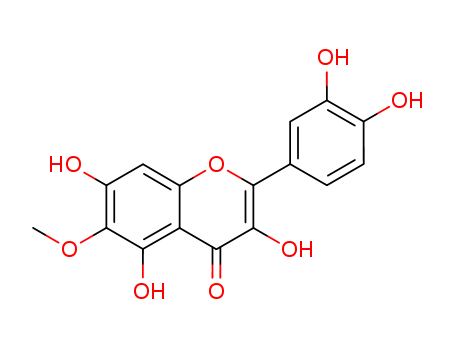Multi-step reaction with 11 steps
1: 100 percent / conc. HCl, acetic acid / 1 h / Ambient temperature
2: 83 percent / K2CO3, KI / acetone; dimethylformamide / Heating
3: 75 percent / AlBr3, NaI / acetonitrile / 0.25 h / 0 °C
4: pyridine / 2 h / 70 - 80 °C
5: KOH / pyridine / 80 °C
6: 97 percent / conc. H2SO4, acetic acid / 1 h / 50 °C
7: 70 percent / dimethyldioxirane / acetone / 0 °C
8: 81 percent / K2CO3 / acetone / Heating
9: 97 percent / AlCl3 / acetonitrile / 0.5 h / Ambient temperature
10: 96 percent / K2CO3 / methanol / 1.5 h / Heating
11: 74 percent / H2 / 10percent Pd/C / methanol; ethyl acetate / Ambient temperature
With
pyridine; hydrogenchloride; potassium hydroxide; aluminium trichloride; aluminum tri-bromide; sulfuric acid; hydrogen; 3,3-dimethyldioxirane; potassium carbonate; acetic acid; potassium iodide; sodium iodide;
palladium on activated charcoal;
In
pyridine; methanol; ethyl acetate; N,N-dimethyl-formamide; acetone; acetonitrile;
DOI:10.1248/cpb.45.446




